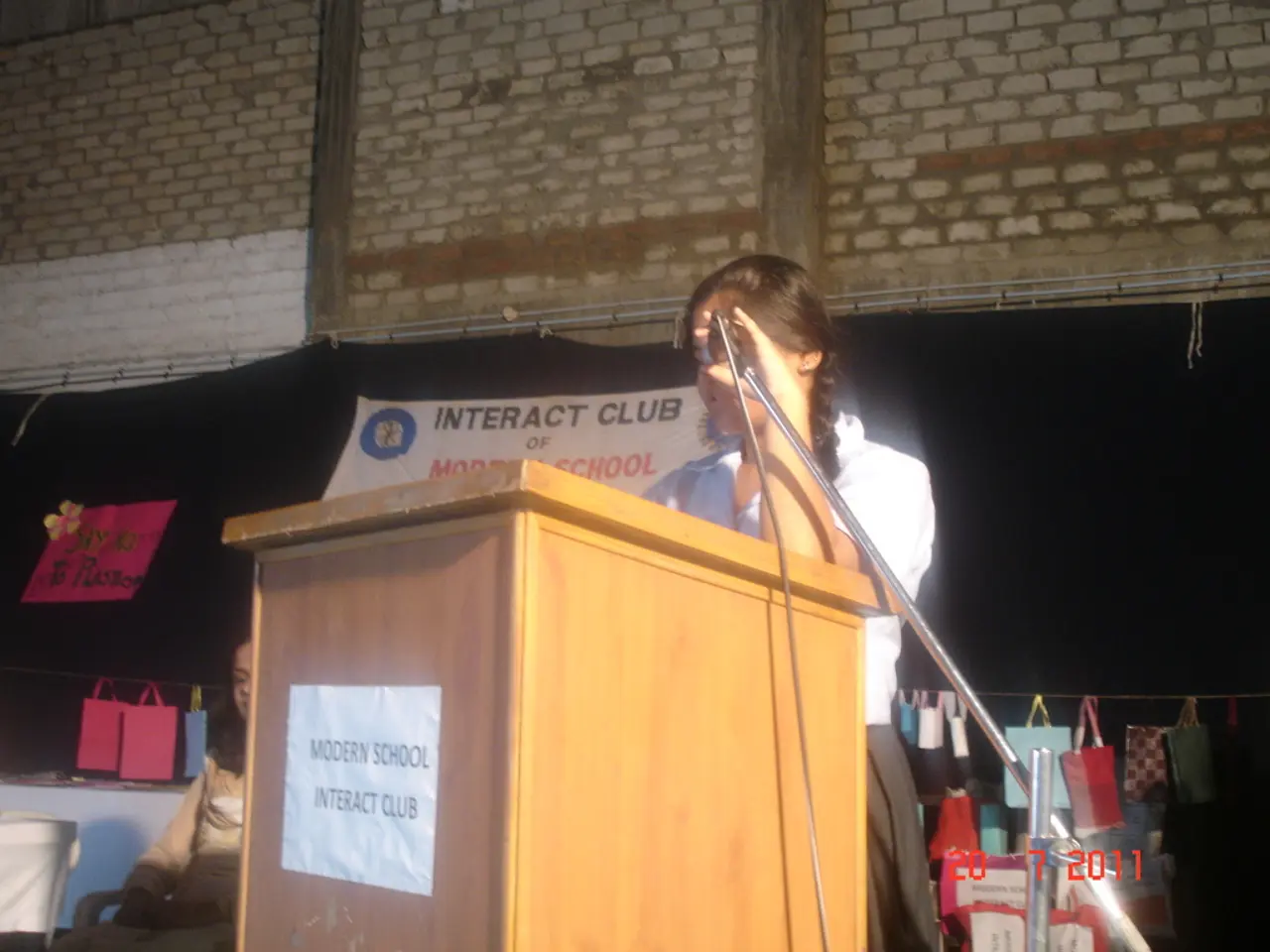Trump's and Putin's Physical Gestures Analyzed: The Performer vs. The Strategist
In the world of international diplomacy, few meetings have garnered as much attention as the recent summit between former U.S. President Donald Trump and Russian President Vladimir Putin in Alaska. A body language expert's analysis of the interaction between the two leaders sheds light on a complex power dynamic, with subtle signals of dominance, status assertion, and tension.
From the outset, Putin appeared enthusiastic and confident, as evidenced by his being the first to extend his hand in the handshake. This gesture, according to experts, signaled his commitment and control over the interaction. In contrast, Trump’s subsequent "hand pats" during the handshake were interpreted as attempts to assert dominance and remind Putin of his own status.
The initial greetings showed "genuine smiles" and signs of connection, but post-meeting, Trump’s facial expressions indicated disappointment or frustration over the lack of a deal, emphasizing the tension beneath the cordial surface. Trump’s posture early on—walking cautiously down the Air Force One steps holding the handrail—contrasted with Putin’s more assured demeanor, suggesting an underlying nervousness or careful deliberation on Trump's part versus Putin’s confidence.
Additional nuances included Trump's surprising warm applause for Putin during the red carpet arrival and a notable moment when Trump gave Putin a ride in "The Beast" limousine — gestures that analysts saw as unusual signals of deference or an attempt to manage optics in favor of cooperation despite apparent stalemates.
Overall, experts perceive that while both leaders showed outward cordiality, there was an unspoken contest for control with Putin seemingly having the psychological upper hand through initial gestures and demeanor, while Trump engaged in subtle nonverbal assertions to signal his own influence. The lack of a concrete agreement after the meeting was evident in their nonverbal cues, particularly Trump's disappointed expressions and evasive public statements about progress.
Meanwhile, in domestic news, calls for an investigation into the use of President Biden's autopen have surfaced, and Democrats are blaming President Trump for the recent riots, not the rioters themselves. A Subway sandwich slinger was re-arrested by federal authorities after throwing a sandwich at an officer in Washington D.C.
In international conflicts, Israel recently bombed Syria, a volatile region that requires understanding. Elon Musk's SpaceX has been the subject of a commentary piece, suggesting they should stick to rockets rather than attempting to create a political party. A major "No Kings Day" protest is brewing, and the widow of the Hamas chief was smuggled out of Gaza with a large sum of cash. Netanyahu is betting his legacy on potential strikes against Iran.
[1] The Washington Post [2] The New York Times [3] CNN [4] The Guardian [5] BBC News
Entertainment coverage in The Washington Post revealed an analysis of the recent summit between Trump and Putin, dissecting the complex power dynamic through subtle body language cues, including gestures, postures, and facial expressions. Politics took center stage in CNN, with debates on the use of President Biden's autopen in domestic news and criticisms over President Trump's role in the recent riots. Meanwhile, The New York Times reported on the volatile region of Syria, requiring understanding, following Israel's recent bombings. The Guardian covered an upcoming "No Kings Day" protest, while BBC News focused on the smuggling of the Hamas chief's widow out of Gaza with a large sum of cash and Netanyahu's potential strikes against Iran. In a surprising note, The New York Times also mentioned Elon Musk's SpaceX being at the center of political speculation, as commentators suggested they should stick to rockets rather than attempting to create a political party.





